The Grandiose Ambition of the Great Southern of Spain Railway Company Ltd.
Gor Viaduct Disaster
The story of the dramatic failure of the Gor Viaduct, the GRC's ambitious attempt at building Spain's first cantilever bridge through the unstable Hoya de Guadix badlands. This article details how groundwater seepage caused the 1905 structural collapse, the million-peseta abandonment, and the dangerous temporary solution. Learn how the massive 300-tonne structure found a second life as a narrow gauge railway bridge after being dismantled, and how the completion of the line in 1907 turned Guadix into a major Spanish railway hub.
By Nick Nutter on 2025-10-5 | Last Updated 2025-10-23 | The Grandiose Ambition of the Great Southern of Spain Railway Company Ltd.
This article has been visited 313 times

Guadix station in 2025
The Great Gor Disaster: Spain's First Cantilever Bridge
The final stretch of the line, from Gor to Guadix, was dominated by an engineering challenge that would become the project's most spectacular and costly failure: the Gor Viaduct.
The journey is a persistent descent from the high, "badlands" foothills of the Sierra de Baza into the vast, otherworldly plain of the Hoya de Guadix. This basin, once an immense lake, is a landscape of dramatic erosion, with deep gullies and ravines carved into soft, multi-coloured sediments—the perfect setting for a Western film, but a nightmare for railway engineers.
Do you enjoy my articles? For your reading pleasure, this website does not carry third party ads. You could help me write more articles by buying me a cup of coffee.
An Ambitious Failure
The original design for the Gor Viaduct, conceived in 1890 under the failing GSSR, was intended to be one of the most innovative structures in Spain. When the project was taken over by the Granada Railway Company (GRC), their engineers decided to build something entirely new for the country: a cantilever bridge.
The design was bold: two distinct supports extending in a corbel shape to hold a central span. To cope with the notorious instability of the land, engineers opted for a lighter structure, using steel lattice supports instead of heavy masonry, reducing the weight on the treacherous soil.
However, the engineers were fully aware of the land's critical flaw. Construction began before all technical questions were resolved, betting that the cantilever system and light footings could defeat the ground's fundamental weakness.
This calculated risk proved catastrophic. In early 1905, before the line could even open, the problem arose: groundwater from a nearby irrigation canal, the "Acequia de La Mujer," seeped into the ground, undermining the eastern support. The pillar began to subside by forty centimetres, tilting the entire iron structure and embedding its beams into the base.
The Costly Abandonment
The company launched an urgent and costly remediation effort, attempting to sink new footings eight metres deeper than the original. But the movement of the land proved relentless.
By June 1906, technicians were forced to conclude that the original viaduct was not viable. The decision was made to abandon the site entirely and construct a new, simpler bridge upstream. This failure, which required two kilometres of new track, cost the company an estimated one million pesetas—a crushing financial blow.
The temporary solution was precarious and unsafe. Passengers were forced to disembark and cross the valley on foot while the empty train, carrying only the driver and fireman, slowly traversed the perilously compromised structure.
This impractical arrangement continued until 1912, when the new, smaller structure—known simply as the "Puente Chico" (Small Bridge)—was completed 600 metres upstream. The Puente Chico secured the continuity of the line and remained in use until the line's closure in 1985.
A Second Life for a Failed Dream
The story of the original, failed viaduct did not end in scrap. After sitting unused for more than a decade, the 300-tonne structure was sold in 1923 to a tram company. It was carefully dismantled and reinstalled over the Río Dúrcal, where it was repurposed for a lighter narrow gauge line.
Its second life as a tram line bridge saved the ambitious piece of engineering. Today, the relocated Gor Viaduct is still in excellent condition, over 120 years after its first construction.
Guadix: The Hub is Formed
Despite the catastrophes, the line pressed on. The section between Guadix and Gor was finally inaugurated on December 1, 1906. The full Baza to Guadix line was formally authorized for public service in March 1907, marking the culmination of nearly two decades of financial turmoil and engineering setbacks.
Guadix station was already a major rail junction, having been reached by the Linares-Almería line in 1895. The completion of the Baza line, along with a separate connection to Moreda and Granada, transformed Guadix into a key railway hub. It hosted a major locomotive depot, workshops, and a large turntable, managing the maintenance for all rolling stock on the Granada Railway.
The station became a hive of activity, facilitating the transport of iron ore from the nearby El Marquesado mines and essential agricultural products like sugar beet destined for the local San Torcuato factory. The city itself, with its unique topography of cave houses carved into the soft rock, became a major operational centre.
With the line now fully connected from the Mediterranean at Águilas to the junction at Guadix, the Great Southern of Spain Railway's original dream was finally realized—albeit by a successor company.
What was the final route that connected this network to the city of Granada itself?
Enjoying This Article – FREE to read on Kindle Unlimited?
My new book, 'The Grandiose Ambition of the Great Southern of Spain Railway Company Ltd.’ is now available as a fully illustrated, colour, paperback from Amazon, as a downloadable ebook from Kindle and Free to Read on Kindle Unlimited.
Do you enjoy my articles? For your reading pleasure, this website does not carry third party ads. You could help me write more articles by buying me a cup of coffee.

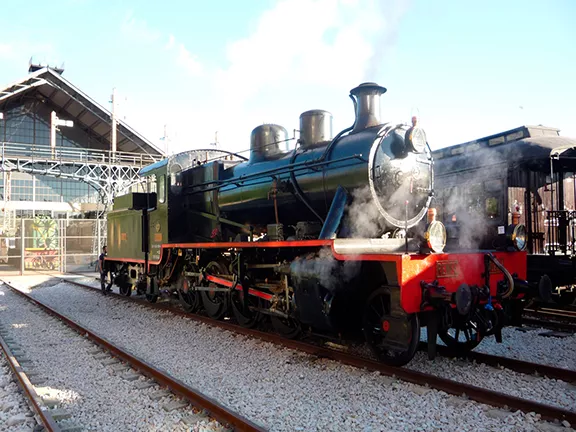 1: Setting the Stage for the GSSR
1: Setting the Stage for the GSSR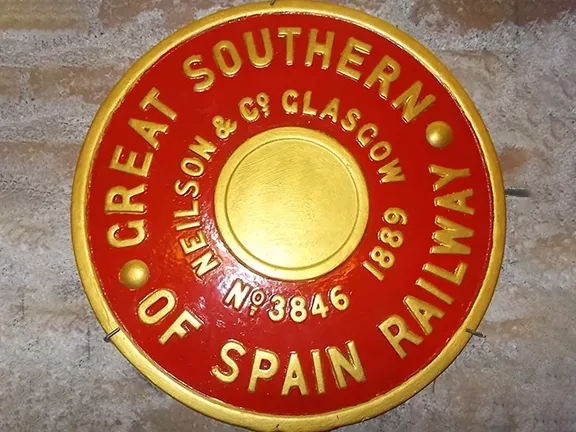 2: Founding the GSSR
2: Founding the GSSR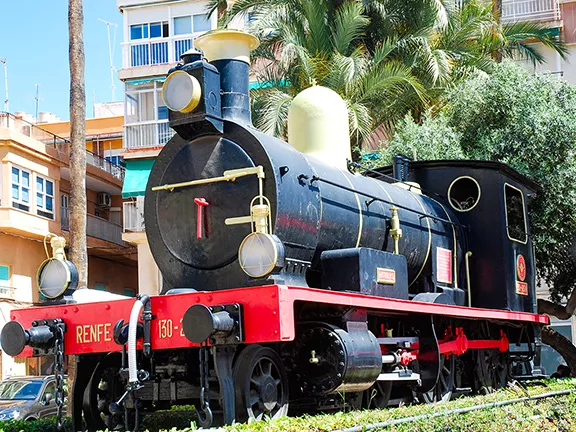 3: Águilas to Almendricos and Lorca (1885–1890)
3: Águilas to Almendricos and Lorca (1885–1890)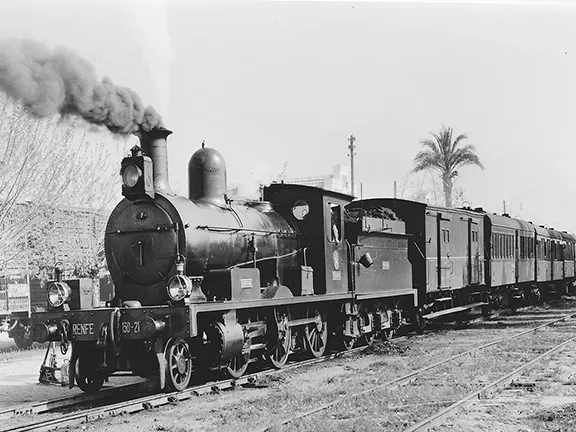 4: Implosion of Hett, Maylor & Co.
4: Implosion of Hett, Maylor & Co.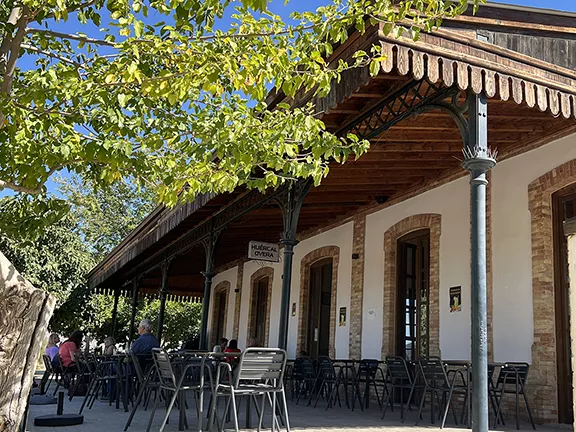 5: Almendricos to Huércal-Overa (1890–1891)
5: Almendricos to Huércal-Overa (1890–1891)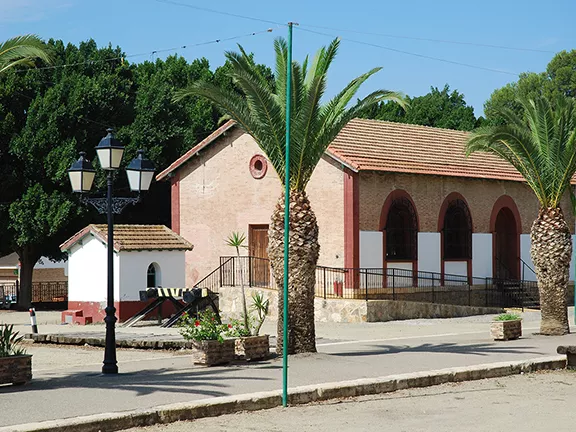 6: Huércal-Overa to Zurgena (1891–1892)
6: Huércal-Overa to Zurgena (1891–1892)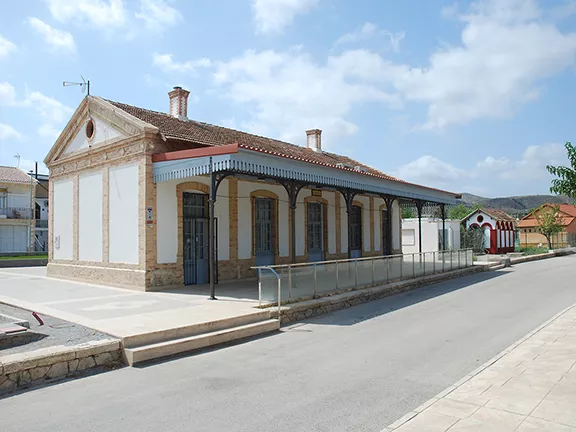 7: Zurgena to Almanzora (1892–1893)
7: Zurgena to Almanzora (1892–1893)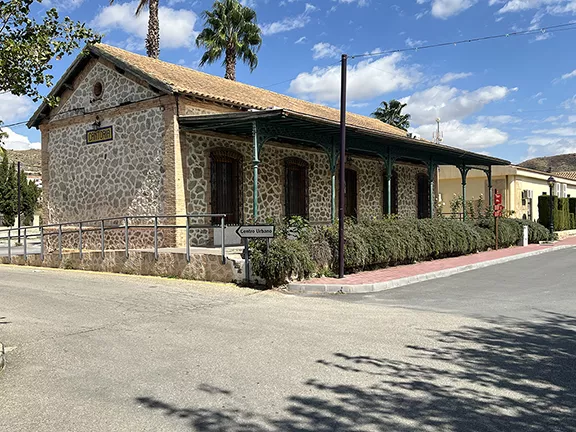 8: Almanzora to Purchena (1893–1894)
8: Almanzora to Purchena (1893–1894)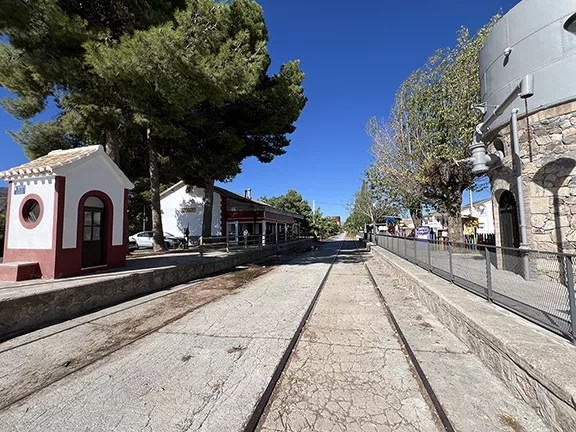 9: Purchena to Serón (1894)
9: Purchena to Serón (1894)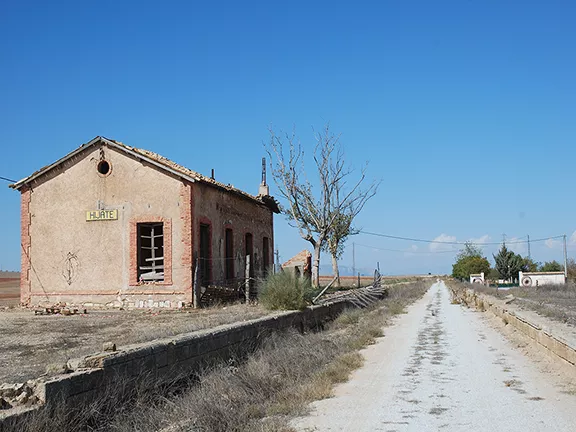 10: Serón to Baza (1894)
10: Serón to Baza (1894)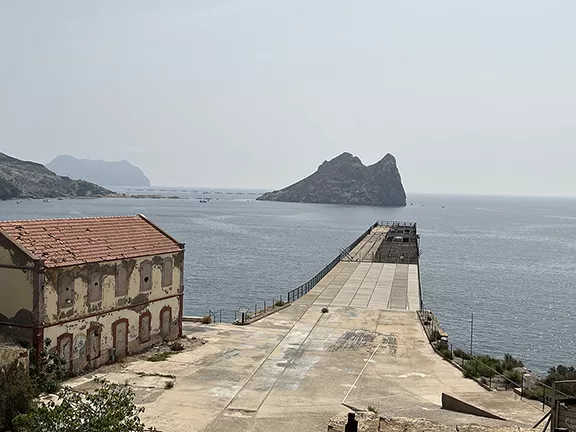 11: El Hornillo Ore Loading Pier (1903)
11: El Hornillo Ore Loading Pier (1903)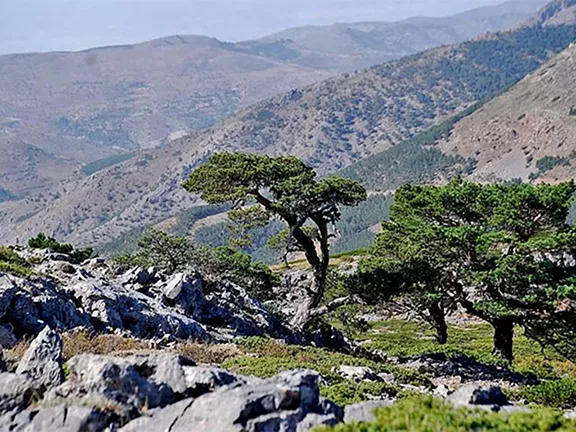 12: GSSR Concession Transfer
12: GSSR Concession Transfer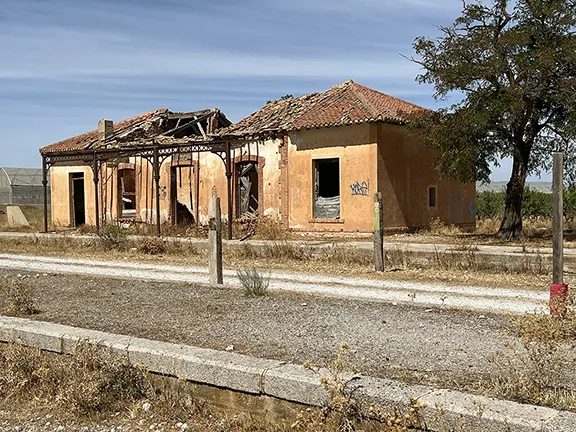 13: Baza to Baúl (1906)
13: Baza to Baúl (1906)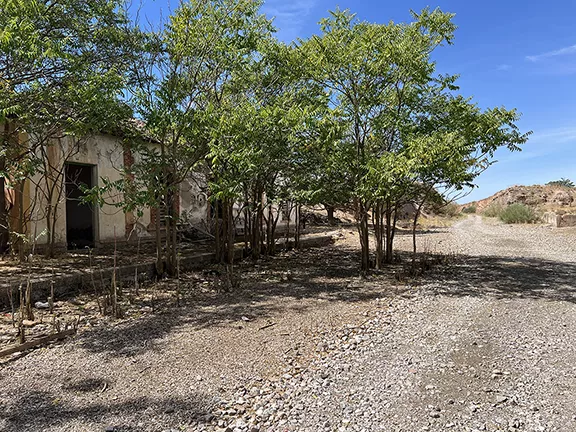 14: Baúl to Gor
14: Baúl to Gor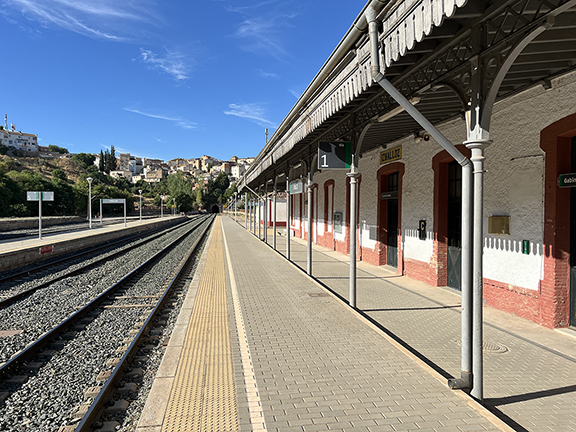 16: Granada to Guadix (1904)
16: Granada to Guadix (1904)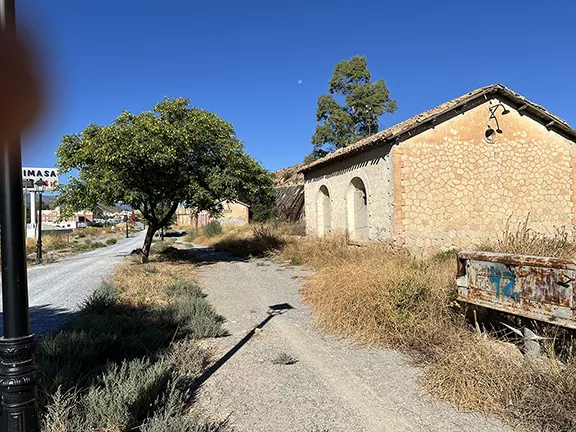 17: The Twilight and Rebirth of the GSSR
17: The Twilight and Rebirth of the GSSR